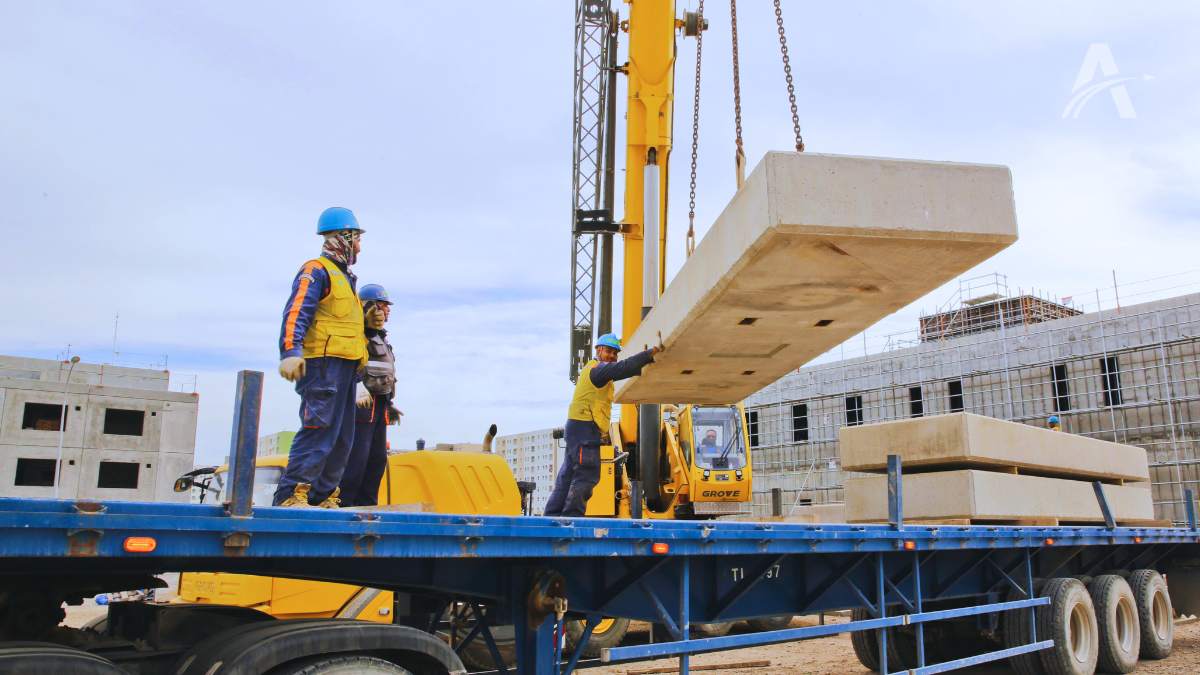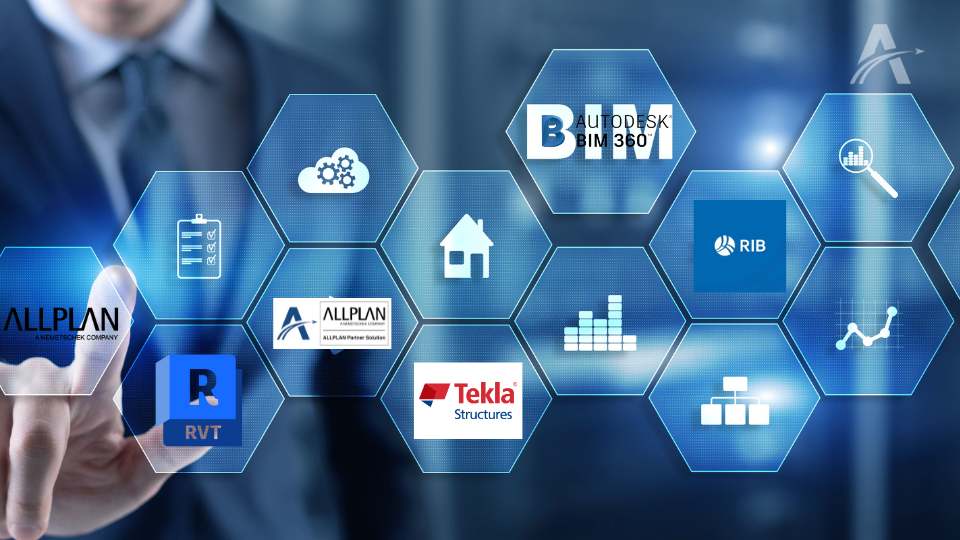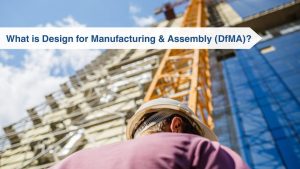What Will the Prefabrication Trend Bring in 2025?
Source: Internet

1. Increased Efficiency and Speed:
In fact, according to Grand View Research, the global precast concrete market is set to grow by 45% from USD$95.76 billion to USD$139.33 billion between 2021 and 2028.
Grand View Research, Precast Concrete Market Size, Share & Trends Analysis Report By Product (Structural Building Components, Transportation Products), By End-use (Residential, Infrastructure), By Region, And Segment Forecasts, 2021 – 2028, February 2021
2. Cost Savings:
3. Sustainability Gains:
4. Technological Integration: Greater Adoption of BIM for Prefabrication
Building Information Modeling (BIM) will play an increasingly vital role in prefabrication, enabling seamless collaboration between architects, engineers, and manufacturers. Enhanced BIM capabilities will allow for more accurate digital twin models, real-time project monitoring, and improved coordination of prefabricated elements within complex construction projects.
Automation and artificial intelligence (AI) will continue to streamline manufacturing processes, improving precision and reducing waste. Robotics will handle complex assembly tasks, enabling faster production and ensuring consistent quality across prefabricated components.
These tools will bring greater precision, customization, and scalability, allowing for more complex designs and taller structures—overcoming past limitations where prefab was mostly viable for buildings under five stories.

• AI-Powered Design and Planning
AI-driven software can optimize design processes by analyzing vast amounts of data, including material properties, structural requirements, and cost estimates. This helps architects and engineers generate more efficient and sustainable prefabricated components. Below are some notable examples based on current trends and available information:
- Used for 3D modeling, coordination, and clash detection in prefabrication.
- AI-driven Revit Generative Design automates design optimization.
- BIM 360 connects design, manufacturing, and on-site assembly.
Tekla Structures (Trimble):
- Specialized in precast concrete and steel prefabrication modeling.
- AI-driven clash detection, automated reinforcement detailing, and parametric design.
Allplan (Nemetschek)
- Allplan is used for structural engineering and bridge prefabrication.
- PythonParts automates reinforcement detailing for prefabricated elements.
- ALLPLAN 2025: The latest release introduces AI-driven visualization and automation tools specifically for precast and prefab workflows.
- RIB One Prefab is a specialized software solution that integrates AI and digital technologies like Building Information Modeling (BIM) and the Internet of Things (IoT) to manage prefabrication processes. It supports planning for production, storage, delivery, and assembly of precast elements. AI within the platform optimizes workload planning for engineering, production facilities, and transportation, ensuring seamless coordination in prefab projects.
• Robotics in Manufacturing and Assembly
Robots are increasingly used in factories to automate cutting, welding, and assembling prefabricated elements with high precision. These robotic systems improve production speed and ensure consistency.
• AI-Driven Quality Control
Machine learning algorithms can detect defects in prefabricated components using computer vision and sensor data. AI can analyze production outputs in real-time and identify errors before components leave the factory.
5. Addressing Labor Shortages:
6. Market Growth:
With urbanization on the rise, prefabrication will be used more frequently in high-rise construction. Prefabricated modular units will allow for rapid vertical expansion, reducing construction time and labor costs.
Prefabrication is no longer limited to modular housing; in 2025, we can expect greater adoption of hybrid construction methods. This means combining traditional on-site construction with prefabricated components for hospitals, schools, commercial buildings, and large infrastructure projects. Hybrid approaches will provide greater flexibility while maintaining the speed and cost advantages of prefabrication.
7. Regulatory Changes and Standardization
Governments and industry bodies are expected to introduce new regulations and standards to ensure quality and safety in prefabricated construction. Increased standardization of components and connection systems will facilitate better interoperability across different manufacturers, improving project efficiency and reducing waste.
8. Growth of 3D Printing in Prefabrication
3D printing technology will further integrate into prefabrication, enabling the on-demand production of complex components with minimal material waste. In 2025, we can expect an expansion of large-scale 3D printing for walls, façade panels, and structural elements, accelerating construction times and reducing labor costs.
9. Customization and Mass Personalization
Advancements in digital fabrication and parametric design will make it easier to produce customized prefabricated elements at scale. Clients will have more flexibility to personalize layouts, materials, and finishes without significantly increasing costs or production time. This shift will be particularly impactful in residential and office construction.
Example: AI and Robotics in High-Rise Prefabrication
• Case Study: The AMR (Autonomous Modular Robot) System in Singapore’s Prefabricated Skyscrapers
Singapore has been a global leader in high-rise prefabrication construction, utilizing AI and robotics to enhance efficiency. The Housing & Development Board (HDB) implemented Prefabricated Prefinished Volumetric Construction (PPVC) to build modular high-rise buildings faster and with better quality control.

• Case Study: AI & Robotics in Prefabricated Bridge Construction – The Hong Kong-Zhuhai-Macau Bridge
The Hong Kong-Zhuhai-Macau Bridge (HZMB), one of the world’s longest sea bridges (55 km), was built using AI-driven prefabrication and robotics to enhance precision and efficiency. The project involved massive prefabricated bridge segments and underwater tunnel elements, manufactured off-site and assembled on location.

More Posts

Hardware and Software Requirements for ALLPLAN 2026
ALLPLAN System Requirements

Why Construction data should fit your project like a custom blueprint?
In an ideal world, ours would be an industry that ran on precision and fine margins but, as we all know, there is nothing precise

What is Design for Manufacturing and Assembly (DFMA)?
Source: Internet Design for Manufacturing and Assembly (DFMA) is a product design approach that focuses on simplifying the manufacturing and assembly processes to reduce production

